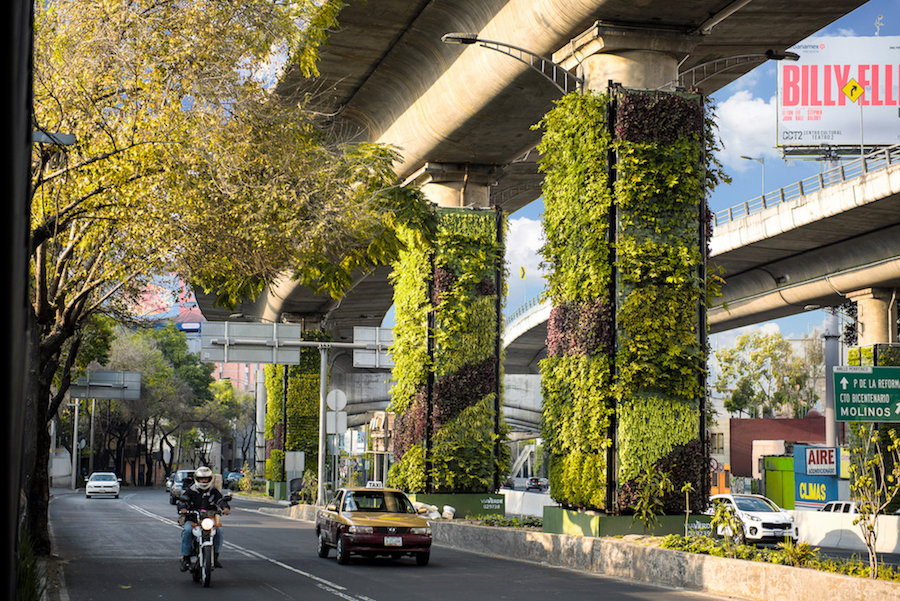Washington, D.C., has a height problem. For almost its entire history, builders in the nation’s capital have faced restrictions limiting how high their structures could rise. Starting with regulations established by George Washington himself and written into Congressional law in 1899, anything resembling even the stout relative of a skyscraper has been banned within the district’s borders. As the current Height of Buildings Act (passed in 1910) stands, buildings in D.C. are stunted at 90, 130 and 160 feet tall, depending on their zoning.
As a result, D.C. is a low, open city, where you can spot the Capitol Building and the Washington Monument towering above the skyline from afar. The price of such a low-density city is high, though: Both housing and office space are exorbitantly expensive in the district. The act has been a controversial matter for the city and its urban planners and architects for years.
More recently, the House Oversight and Government Reform Committee, led by Californian representative Darrell Issa, an outspoken opponent of the act, has debated lifting these restrictions, offering a glimmer of hope to those who feel the Height Act has outlived its usefulness, depriving the city of tax revenue and growth opportunities.
Four illustrators—David Plunkert, Vidhya Nagarajan, Matt Chase, and Iain Burke—imagine what Washington, D.C., might look like if no such restrictions existed, and skyscrapers were allowed to invade the city. Here’s what they came up with.
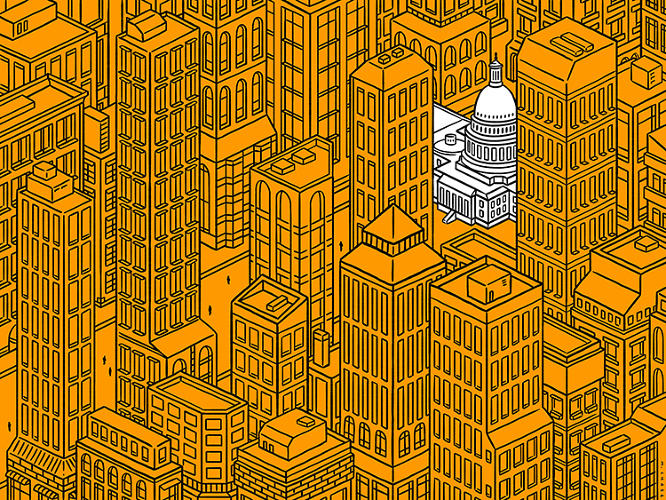
MATT CHASE.

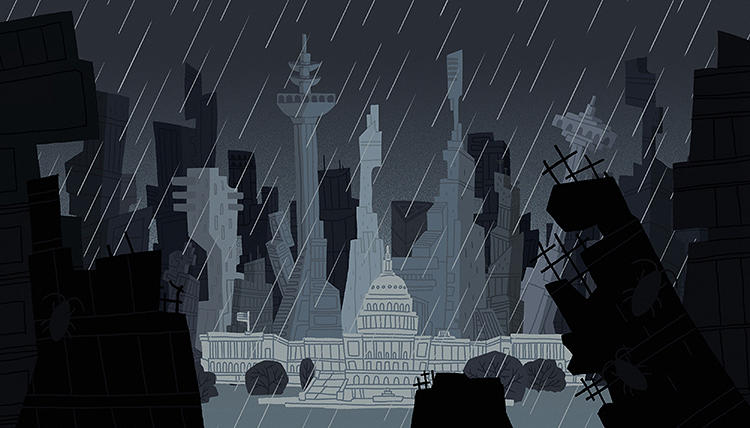
IAIN BURKE

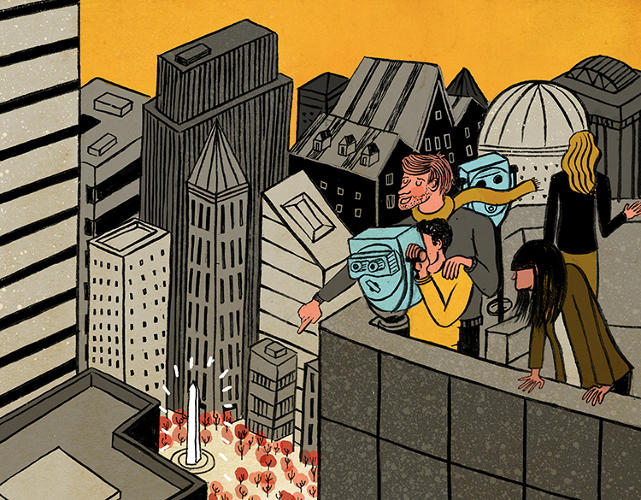
VIDHYA NAGARAJAN
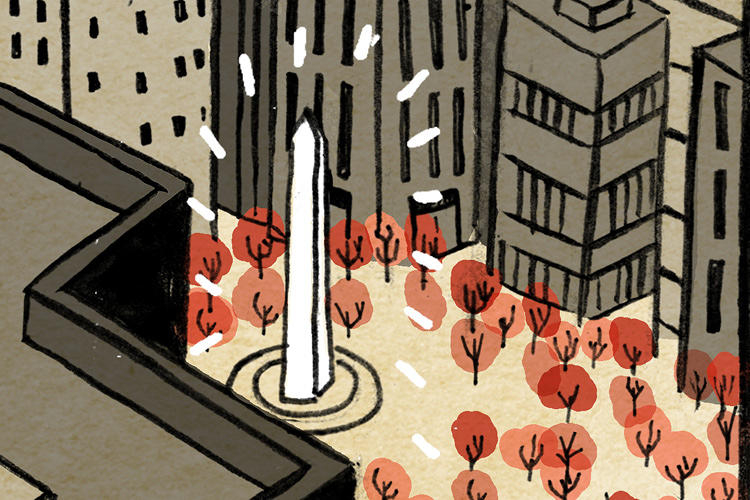
VIDHYA NAGARAJAN
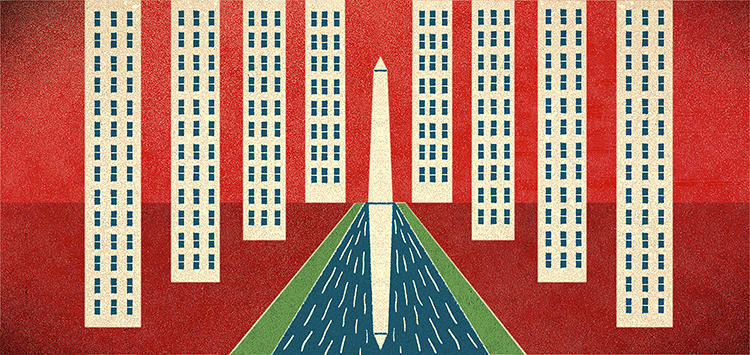
DAVID PLUNKERT OF SPUR DESIGN
From our partners:
This article originally appeared in Fast Company.













